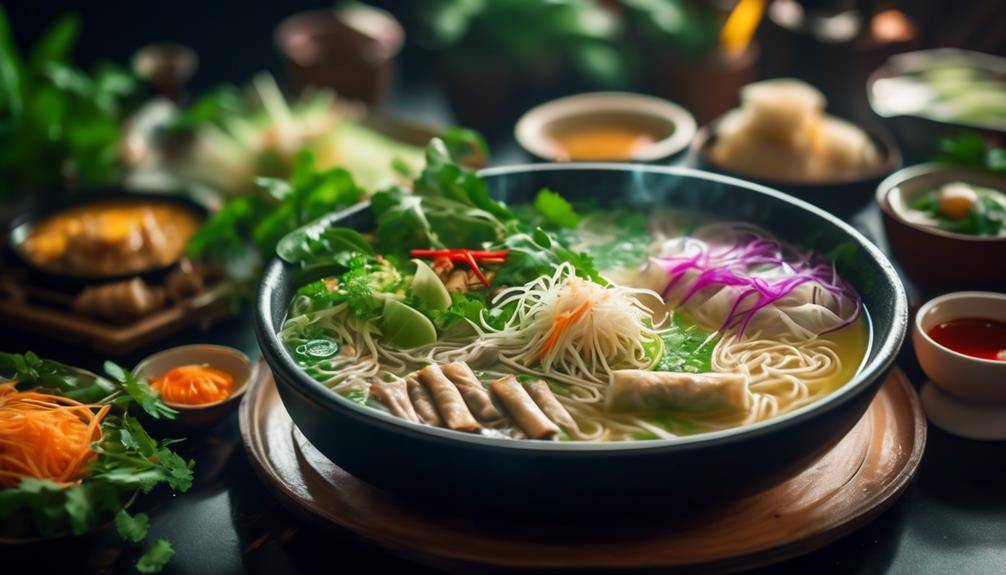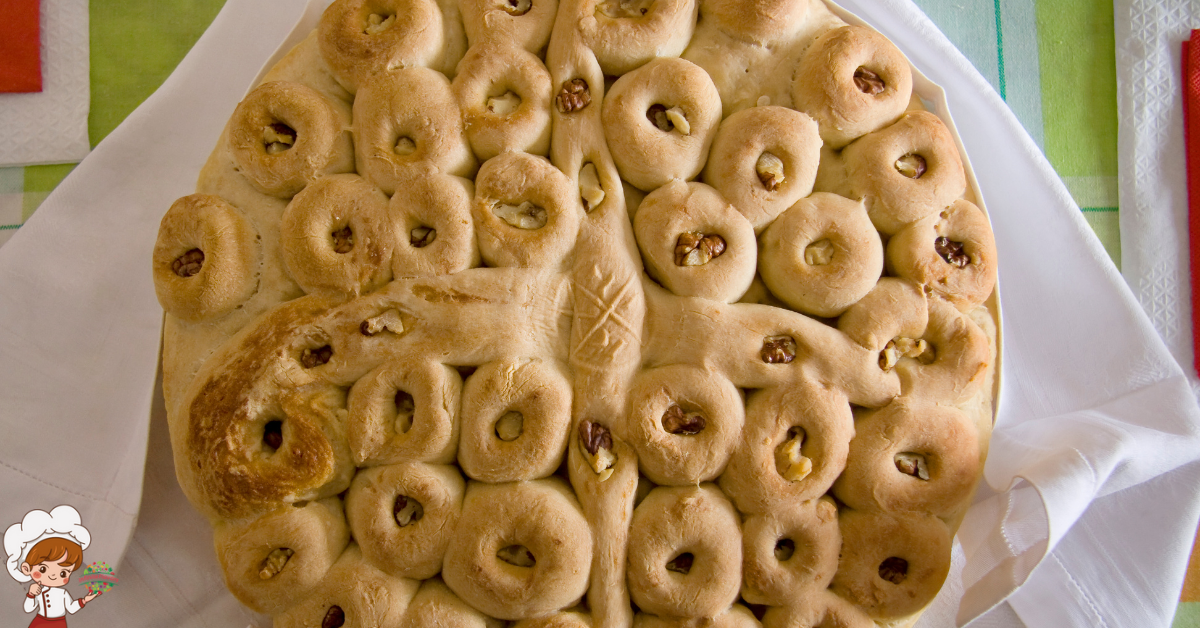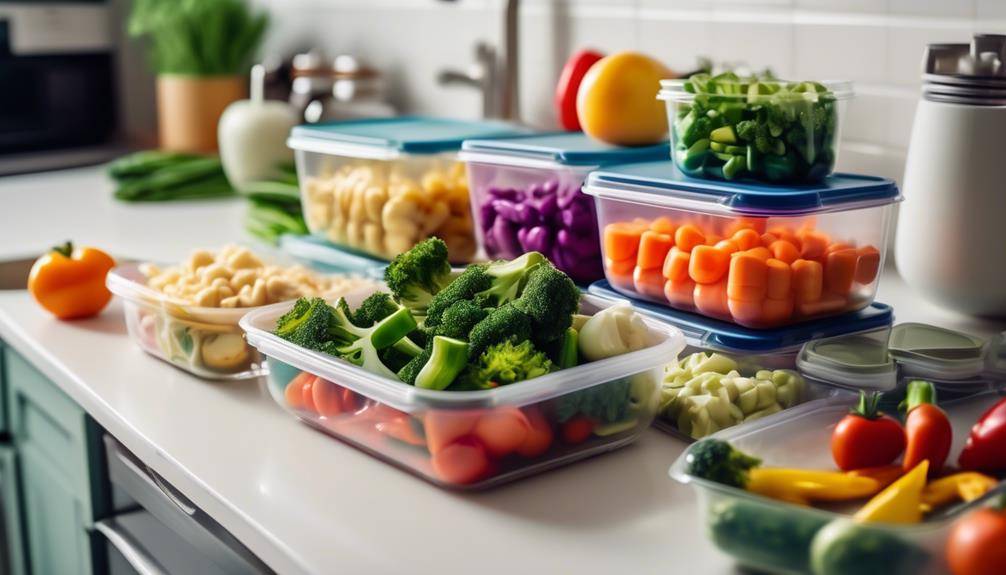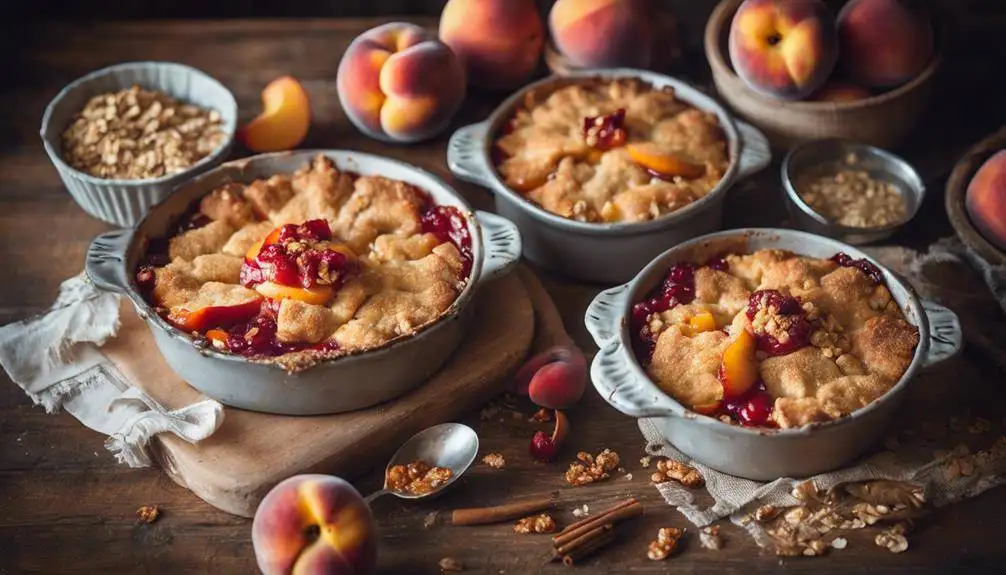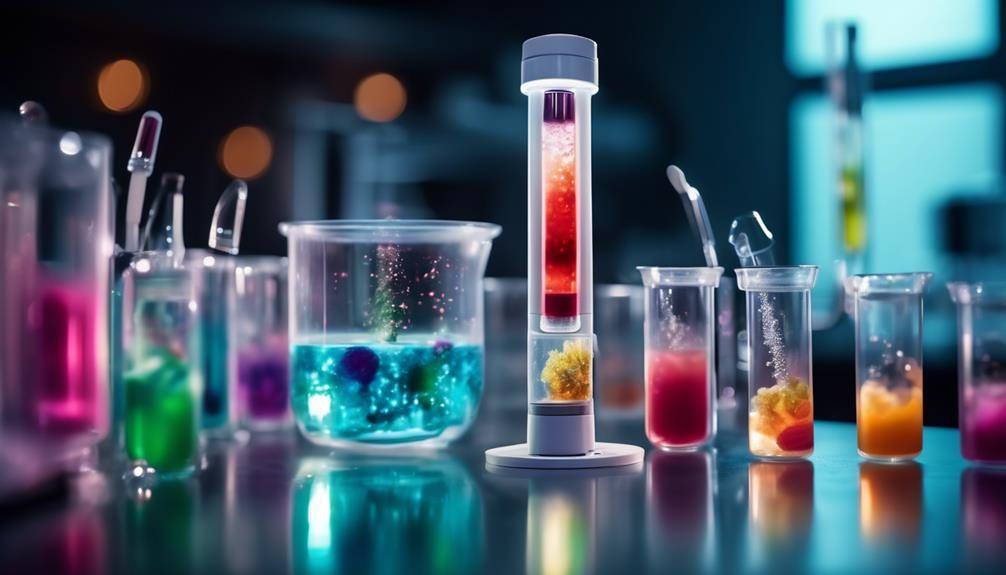How To Bake Dairy-Free Cakes
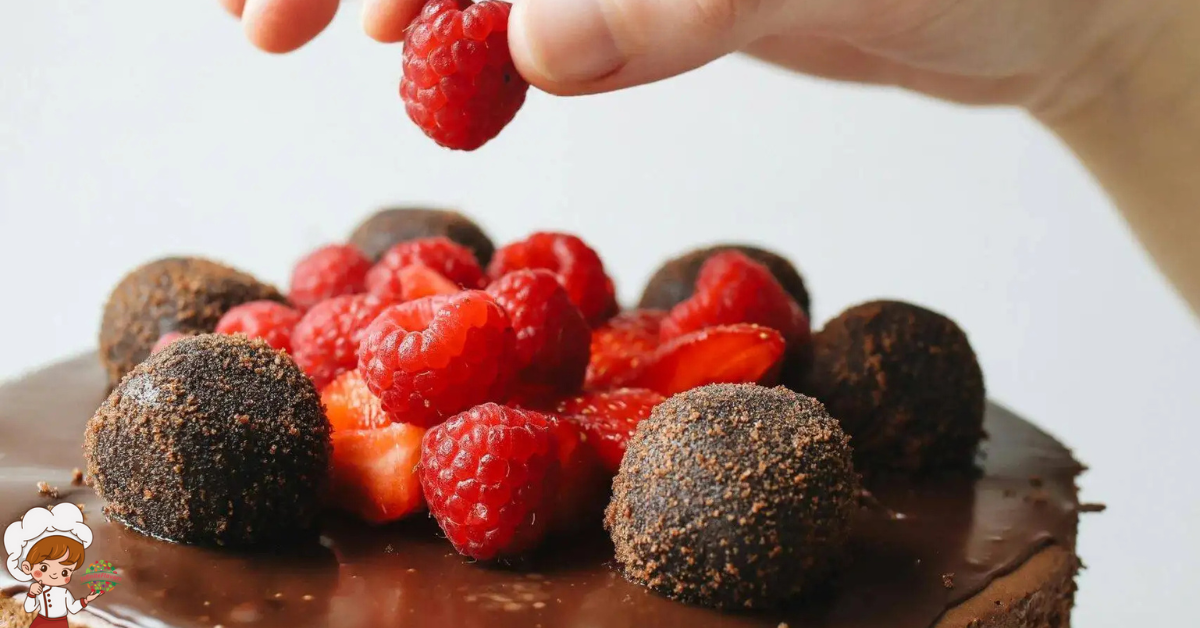
How To Bake Dairy-Free Cakes; Imagine sinking your fork into a slice of cake so light and fluffy, it practically melts in your mouth. Now, imagine that same cake being completely dairy-free, free from any trace of butter, milk, or cream. You might be wondering how such a delectable treat is possible without the classic ingredients we associate with baking. Well, fear not, because in this guide, we will uncover the secrets to creating dairy-free cakes that are just as delicious and satisfying as their traditional counterparts. So, get ready to embark on a journey of culinary exploration, where you’ll discover the art of crafting dairy-free cakes that will leave you craving for more.
Why Choose Dairy-Free Cakes
If you’re looking to indulge in delicious cakes without the drawbacks of dairy, choosing dairy-free cakes is the perfect option for you. Not only do dairy-free cakes allow you to enjoy a wide variety of flavors and textures, but they also offer numerous health benefits. By substituting dairy products with alternative ingredients, you can still savor the sweet satisfaction of cake while reaping the rewards of a dairy-free lifestyle.
One of the main reasons why people choose dairy-free cakes is due to lactose intolerance or dairy allergies. These conditions can cause discomfort, digestive issues, and allergic reactions when consuming dairy products. By opting for dairy-free cakes, you can avoid these unpleasant side effects and still indulge in a scrumptious dessert.
In addition to catering to dietary restrictions, dairy-free cakes offer numerous health benefits. Eliminating dairy from your diet can lead to improved digestion, reduced inflammation, and clearer skin. Dairy products are known to be high in saturated fats, which can increase cholesterol levels and contribute to heart disease. By choosing dairy-free cakes, you can enjoy a guilt-free treat that supports a healthy heart and overall well-being.
Moreover, dairy-free cakes often incorporate nutrient-rich ingredients such as almond milk, coconut oil, and flaxseed. These alternatives provide essential vitamins, minerals, and healthy fats, making dairy-free cakes a nutritious choice. Some studies even suggest that a dairy-free diet can help with weight loss and improve insulin sensitivity.
Essential Ingredients for Dairy-Free Baking
When it comes to baking dairy-free cakes, having the right ingredients is essential for creating delicious and satisfying treats. Whether you have dietary restrictions or simply prefer to avoid dairy, there are plenty of options available to make your cakes just as tasty and indulgent as their dairy-filled counterparts.
One of the key ingredients in dairy-free cake recipes is a dairy substitute. There are many alternatives to traditional dairy products, such as almond milk, soy milk, coconut milk, or oat milk. These plant-based milks can be used in equal amounts as a replacement for regular milk in the recipe. They not only provide the necessary moisture but also add a subtle flavor that complements the other ingredients.
In addition to dairy substitutes, you may need to replace butter with a dairy-free alternative. There are many plant-based spreads available that can be used as a 1:1 substitute for butter in baking. Look for spreads made from coconut oil, avocado oil, or vegetable oil that are labeled as dairy-free.
To enhance the flavor and texture of your dairy-free cakes, consider adding some other essential ingredients. For example, using applesauce or mashed bananas can help to keep the cake moist without the need for dairy. You can also experiment with different types of flours, such as almond flour or oat flour, to add a unique taste and texture to your cakes.
When it comes to dairy-free baking techniques, it’s important to follow the recipe carefully and make any necessary substitutions. Be sure to mix the ingredients well and follow the recommended baking time and temperature for the best results.
Substituting Dairy Products in Cake Recipes
Ready to make delicious dairy-free cakes? Don’t worry, you don’t have to sacrifice taste or texture. By substituting dairy products in your cake recipes, you can still enjoy moist and flavorful treats. Let’s explore three key points: non-dairy milk alternatives, vegan butter substitutes, and egg replacements.
Non-Dairy Milk Alternatives
To create decadent dairy-free cakes, explore the world of non-dairy milk alternatives that add richness and flavor to your favorite cake recipes. Non-dairy milk, such as almond, coconut, and soy, provides numerous benefits for those with lactose intolerance or a dairy-free lifestyle. These alternatives are packed with essential vitamins and minerals, making them a healthier choice.
Almond milk, for example, is low in calories and high in calcium, while coconut milk adds a delightful tropical taste to your cakes. Soy milk, on the other hand, has a creamy texture and is a great source of protein. When substituting dairy milk in your cake recipes, be sure to choose unsweetened varieties to maintain the right balance of flavors. Non-dairy milk opens up a world of possibilities, allowing you to create delicious and indulgent dairy-free cake variations.
Vegan Butter Substitutes
As you explore the world of dairy-free baking, it’s time to discover the perfect substitutes for butter in your cake recipes. Luckily, there are a variety of vegan butter alternatives available that will not only provide the same creamy texture and richness to your cakes, but also offer the benefits of dairy-free baking.
One popular option is coconut oil, which has a smooth consistency and a subtle coconut flavor that can enhance the taste of your cakes. Another alternative is avocado, which is rich in healthy fats and creates a moist and tender texture. If you’re looking for a nutty flavor, almond butter or cashew butter can be excellent choices.
Using vegan butter substitutes not only allows those with dairy allergies or dietary restrictions to enjoy delicious cakes, but it also promotes a healthier lifestyle. These alternatives are often lower in saturated fat and cholesterol, making them a great option for those watching their heart health.
Egg Replacements
Looking to make your cake recipes dairy-free? Discovering the perfect egg replacements can help you achieve the same delicious results while catering to dietary restrictions and allergies. When it comes to substituting eggs in your dairy-free cake recipes, there are several vegan baking options available. One popular option is using applesauce, which not only adds moisture and sweetness but also acts as a binding agent.
Another option is using mashed bananas, which add a subtle flavor and help to bind the ingredients together. For a lighter texture, you can use carbonated water or club soda as a replacement. Ground flaxseeds mixed with water can also be used as an egg substitute, providing a nutty flavor and a gooey texture. Experimenting with different egg replacements will allow you to find the perfect option for your dairy-free cake recipes.
Tips for Achieving Moist and Tender Dairy-Free Cakes
Looking to bake a moist and tender dairy-free cake? Here are some tips to help you achieve the perfect texture. First, focus on ingredient substitutions, like using dairy-free milk or yogurt instead of traditional dairy products. Second, pay attention to your baking techniques, such as properly measuring ingredients and not overmixing the batter. Follow these tips, and you’ll be on your way to enjoying delicious dairy-free cakes that are just as moist and tender as their dairy-filled counterparts.
Ingredient Substitutions
Are you wondering how to achieve moist and tender dairy-free cakes? Well, worry no more because I have some ingredient substitutions and baking techniques that will make your cakes just as delicious as their dairy-filled counterparts. When it comes to replacing dairy products in your cake recipes, there are a few key substitutions to keep in mind. For butter, you can use coconut oil or vegan butter. Instead of cow’s milk, try using almond milk, soy milk, or oat milk. And if your recipe calls for cream, you can use coconut cream or cashew cream.
These ingredient swaps ensure that your cakes stay moist and tender, without sacrificing flavor. In addition to substitutions, there are also some baking techniques that can help you achieve the perfect texture. For example, using applesauce or mashed bananas as a binding agent can add moisture to your cakes, while adding a touch of acidity to balance out the flavors. So, don’t let dairy restrictions hold you back from enjoying a delicious slice of cake. With these ingredient substitutions and baking techniques, you’ll be baking dairy-free cakes that are just as moist and tender as ever.
Baking Techniques
To achieve moist and tender dairy-free cakes, incorporate these expert baking techniques into your recipes. Firstly, when measuring dry ingredients, avoid packing them tightly into the measuring cup. Instead, lightly spoon the flour into the cup and level it off with a knife. This will prevent your cakes from becoming dry and dense. Secondly, consider using almond milk or coconut milk as a dairy-free alternative in your recipes. These milks add moisture and richness to your cakes. Additionally, when mixing the batter, avoid over-mixing as this can lead to a tough texture. Gently fold the ingredients together until just combined.
Lastly, when it comes to frosting your dairy-free cakes, opt for dairy-free frosting options such as coconut cream or cashew cream. These alternatives provide a creamy and delicious topping without the need for dairy. With these baking tips and dairy-free frosting options, you’ll be able to create moist and tender cakes that everyone can enjoy.
Enhancing Flavor in Dairy-Free Cake Recipes
Enhance the flavor of your dairy-free cakes with these simple yet effective tips. While dairy-free cakes may lack the richness of traditional cakes made with butter and milk, there are plenty of ways to add flavor and make them just as delicious. One way to do this is by using flavorful toppings that not only add a burst of taste but also make your cakes look beautiful.
Think beyond the traditional frosting and consider using fresh fruits, such as berries or sliced mangoes, to top your dairy-free cakes. These fruits not only add a pop of color but also provide a natural sweetness that complements the cake’s flavors. You can also experiment with other toppings like toasted nuts, shredded coconut, or even edible flowers to add texture and a unique touch to your cakes.
Another way to enhance the flavor of your dairy-free cakes is through creative cake decorations. Instead of relying solely on frosting, try incorporating different flavors into the cake itself. For example, you can add citrus zest, such as lemon or orange, to the batter to give it a refreshing twist. You can also experiment with spices like cinnamon, nutmeg, or cardamom to add warmth and depth to your cakes.
Furthermore, consider adding extracts or flavorings to your dairy-free cake recipes. Vanilla extract is a classic choice, but you can also try almond, coconut, or even mint extract to give your cakes a distinct flavor profile. Just be sure to use extracts that are labeled as dairy-free to ensure they do not contain any hidden dairy ingredients.
Decorating Dairy-Free Cakes Like a Pro
Get ready to take your dairy-free cake decorating skills to the next level with these expert tips and techniques. Decorating dairy-free cakes can be just as fun and delicious as decorating traditional cakes. With a few simple adjustments, you can create stunning cakes that are not only beautiful but also safe for those with dairy allergies or dietary restrictions.
When it comes to cake decorating, there are a few key tips that can help you achieve professional-looking results. First, make sure your cake is completely cooled before you start decorating. This will prevent the frosting from melting and sliding off the cake. It’s also helpful to use a crumb coat, which is a thin layer of frosting that seals in any loose crumbs and creates a smooth surface for the final layer of frosting.
Now, let’s talk about dairy-free frosting options. There are several dairy-free alternatives available that can be used to create delicious and creamy frostings. One popular option is coconut milk or coconut cream, which can be whipped up to create a light and fluffy frosting. Another option is using dairy-free margarine or shortening as a base for your frosting. These alternatives can be easily flavored with extracts or cocoa powder to create different flavors.
To add some extra pizzazz to your dairy-free cake, consider using dairy-free decorations such as sprinkles, edible flowers, or fresh fruit. These can add a pop of color and texture to your cake, making it even more visually appealing.
With these cake decorating tips and dairy-free frosting options, you’ll be able to create beautiful and delicious cakes that will impress your friends and family. So go ahead and unleash your creativity in the kitchen, and enjoy the process of decorating your dairy-free cakes like a pro!
Popular Dairy-Free Cake Recipes to Try
Looking to try some delicious dairy-free cake recipes? Look no further! Dairy-free cakes can be just as tasty and satisfying as their dairy-filled counterparts. There are a variety of popular dairy-free cake flavors that you can experiment with. From classic chocolate to zesty lemon, the options are endless. If you’re feeling adventurous, you can even try unique flavors like coconut or matcha.
To make your dairy-free cakes even more enticing, consider trying out some dairy-free cake decorating techniques. Just because a cake is dairy-free doesn’t mean it has to be boring or plain. You can still create beautiful and eye-catching designs. One popular technique is using dairy-free frosting to create intricate patterns or designs on the cake’s surface. You can use different colors and piping techniques to add flair and personality to your cakes. Another idea is to use fresh fruits or edible flowers to decorate your dairy-free cakes. Not only will this enhance the visual appeal, but it will also add a burst of flavor and freshness to each slice.
When it comes to dairy-free cake recipes, there are countless possibilities to explore. Whether you’re hosting a birthday party, a special occasion, or simply craving a sweet treat, these recipes will not disappoint. So, gather your ingredients, put on your apron, and get ready to bake some dairy-free magic. With the right flavors and decorating techniques, you’ll have everyone asking for seconds and begging for the recipe. Happy baking!
Baking Dairy-Free Cakes for Special Dietary Needs
Are you looking to bake dairy-free cakes for special dietary needs? Whether you or someone you know has a lactose intolerance, dairy allergy, or follows a vegan diet, it’s important to have the right ingredients and knowledge for successful dairy-free baking. In this section, we will explore the key ingredients for dairy-free cakes and provide you with helpful tips to ensure your cakes turn out delicious and dairy-free.
Ingredients for Dairy-Free Cakes
To create delicious dairy-free cakes that cater to special dietary needs, you’ll need to carefully select your ingredients. Baking without dairy products can seem intimidating at first, but with the right ingredients, you can still achieve moist and flavorful cakes that everyone can enjoy.
One key ingredient for dairy-free cakes is a plant-based milk substitute. Almond milk, coconut milk, and soy milk are great options that provide a creamy texture without the dairy. You can also use dairy-free butter or margarine instead of regular butter. These substitutes will give your cakes the same richness and moisture as their dairy counterparts.
For added flavor, you can incorporate ingredients like applesauce, mashed bananas, or coconut cream. These ingredients not only enhance the taste of your cakes but also contribute to the moistness and texture.
Lastly, don’t forget about the sweeteners. Maple syrup, agave nectar, and coconut sugar are excellent alternatives to refined sugar, adding a natural sweetness to your dairy-free cakes.
With these carefully chosen ingredients, you can confidently bake dairy-free cakes that are both delicious and accommodating to special dietary needs.
Tips for Successful Dairy-Free Baking
When it comes to successfully baking dairy-free cakes for special dietary needs, there are a few important tips to keep in mind that will ensure your creations turn out moist, flavorful, and absolutely delicious. First, it’s essential to use high-quality vegan ingredients. Look for dairy-free alternatives such as almond milk, coconut oil, and vegan butter. These ingredients will provide the same richness and creaminess as their dairy counterparts.
Additionally, pay attention to the texture of your batter. If it seems too dry, add a little extra liquid to keep the cake moist. Another tip is to experiment with different flavors and spices to enhance the taste of your dairy-free desserts. Don’t be afraid to add a touch of cinnamon, vanilla extract, or even a sprinkle of cocoa powder to elevate the flavors. With these tips in mind, you’ll be well on your way to creating dairy-free cakes that are both satisfying and suitable for special dietary needs.
Storing and Freezing Dairy-Free Cakes
Ensure the longevity and deliciousness of your dairy-free cakes by learning the proper techniques for storing and freezing them. Proper storage is essential to maintain the freshness and taste of your homemade dairy-free cakes. Whether you have leftovers or want to make ahead for a special occasion, here are some handy storing tips and freezing techniques to help you enjoy your dairy-free creations for longer.
When it comes to storing dairy-free cakes, it’s important to keep them in a cool and dry place. Avoid direct sunlight or heat sources, as they can cause the cake to dry out or spoil. To preserve the moisture, consider tightly wrapping the cake in plastic wrap or storing it in an airtight container. This will also help prevent any unwanted odors from seeping into your cake.
If you plan to freeze your dairy-free cake, the key is proper preparation. Start by allowing the cake to cool completely before freezing. Once cooled, wrap the cake tightly in multiple layers of plastic wrap or aluminum foil to prevent freezer burn and keep out any odors. You can also place the cake in a freezer-safe container or resealable bag for added protection.
When it’s time to enjoy your frozen cake, make sure to thaw it properly. Transfer the cake from the freezer to the refrigerator and let it thaw slowly overnight. This gradual thawing process will help retain the moisture and prevent the cake from becoming soggy. Avoid thawing the cake at room temperature or using a microwave, as they can affect the texture and taste.
Troubleshooting Dairy-Free Cake Baking Issues
If you encounter any challenges while baking dairy-free cakes, fear not, as troubleshooting these issues can help you achieve perfect results every time. One common issue that bakers face is dry cakes. Nobody wants a dry and crumbly cake, so here are some tips to troubleshoot this problem.
Firstly, make sure you are using the correct amount of liquid in your recipe. Dairy-free cakes tend to be drier than their dairy counterparts, so adding a little extra liquid can help moisten the cake. You can try adding a tablespoon or two of non-dairy milk or fruit juice to the batter. This will not only add moisture but also enhance the flavor of your cake.
Another common mistake that leads to dry cakes is over-baking. Keep a close eye on your cake while it’s in the oven and use a toothpick or cake tester to check for doneness. If the toothpick comes out clean or with a few crumbs clinging to it, your cake is ready. Over-baking can result in a dry and crumbly texture, so it’s important to bake your cake just until it’s done.
Additionally, be mindful of the type of fat you are using in your recipe. Some dairy-free fats, like vegetable shortening, can contribute to a drier texture. Try using a moistening agent like applesauce or mashed bananas to add moisture and richness to your cake. These substitutes not only provide moisture but also add a subtle sweetness to the cake.
How To Bake Dairy-Free Cakes; Frequently Asked Questions
Can I Use the Same Baking Time and Temperature for Dairy-Free Cakes as I Would for Regular Cakes?
You’ll want to make some adjustments when baking dairy-free cakes. The baking time and temperature can usually stay the same, but keep an eye on the texture and moisture retention.
How Can I Prevent My Dairy-Free Cake From Becoming Dry and Crumbly?
To prevent your dairy-free cake from becoming dry and crumbly, here are some tips: add moisture by using ingredients like applesauce or coconut milk and try alternative binders like flaxseed or chia seeds.
Are There Any Specific Types of Dairy-Free Milk That Work Best in Cake Recipes?
When baking dairy-free cakes, it’s important to choose the best dairy-free milk alternatives. Some tips for baking with dairy-free milk include using almond milk for a nutty flavor or coconut milk for richness.
Can I Substitute Dairy-Free Butter for Regular Butter in a Cake Recipe?
Yes, you can substitute dairy-free butter for regular butter in a cake recipe. It’s a great option for those who are lactose intolerant or following a dairy-free diet. Just remember to also consider substituting oil for butter in a dairy-free cake. As for frosting, there are plenty of delicious dairy-free options available, such as coconut milk-based frostings or vegan buttercream. Get creative and enjoy your dairy-free cake!
What Are Some Common Mistakes to Avoid When Baking Dairy-Free Cakes?
When baking dairy-free cakes, it’s important to avoid common mistakes. Don’t overmix the batter, use enough moisture, and choose the right dairy-free substitutes. Follow these tips for baking delicious dairy-free cakes!
Conclusion
In conclusion, baking dairy-free cakes is not only possible but also delicious. By using alternative ingredients and following a few simple tips, you can create moist and tender cakes that are perfect for those with dietary restrictions. Don’t be afraid to experiment with flavors and try out different recipes. Whether you’re baking for yourself or for someone with special dietary needs, dairy-free cakes are a tasty and inclusive option. So grab your apron and get ready to create a delectable dairy-free treat!



